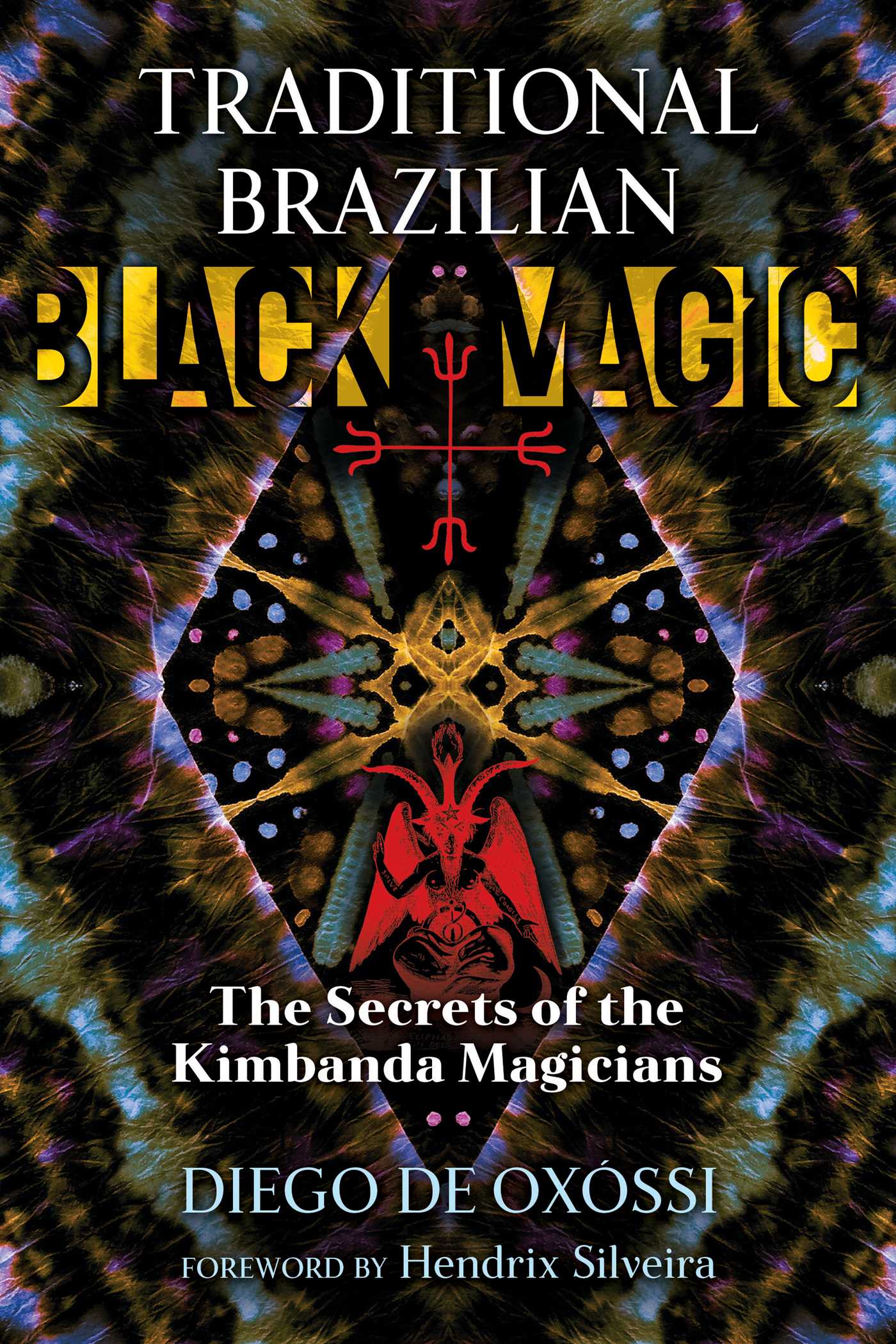While it may not offer advanced techniques for experienced initiates, it does something arguably more important—it codifies the foundational ideas, tools, and cosmology necessary to understand this potent spiritual path. Diego himself calls this book a “101” guide, a sentiment echoed in our interview with him, where he explains that nothing in this book would be covered in workshops or initiatory rites. It’s assumed knowledge—pre-initiation philosophy that prepares the aspirant.
A notable endorsement comes from Nicholaj de Mattos Frisvold, one of the most respected authorities in this field. His acknowledgment adds weight to Diego’s work and its importance for the contemporary occult landscape.
The latter sections of the book are particularly practical, offering prayers and devotions presented in both Portuguese and English. These rituals, though basic, create a strong bridge between the reader and the living spirits of the Kimbanda cosmology. Practical instructions on magical signatures, music, and the use of tools are also provided—most notably, a guide to the cowrie shell divination method and the configuration of altars and sacred spaces. These elements make the text a hands-on introduction to spirit work within this tradition.
One of the most fascinating portions of the book deals with the consecration of knives and how initiatory levels grant access to particular spiritual functions. Each knife is charged and linked to a degree of authority and responsibility in the practitioner’s magical career, with only five knives being used in total. This structured approach to spiritual power and sacrifice reflects a deeply rooted metaphysical framework.
The book also elaborates on the Kimbanda cosmology—explaining realms, domains, and spiritual hierarchies in clear terms. Diego discusses embodiment vs. possession, explaining how spirits interact with the practitioner in ways that differ significantly from Western or even Afro-Caribbean models. The way spirits live through us, as opposed to merely taking over, becomes a key concept in understanding Kimbanda’s ontology.
Diego’s insights extend to the cross-cultural resonance of symbols like the Mirongas and the Baphomet, showing how these figures are reinterpreted in the Brazilian esoteric ecosystem. This helps position Kimbanda within the global occult dialogue while honoring its indigenous and African roots.
In essence, Traditional Black Magic is a clean, articulate, and sincere offering. It’s a must-read for anyone beginning their Kimbanda path, giving essential insights without overwhelming detail. For deeper exploration, Diego’s interviews and the more intricate works of Nicolaj de Mattos Frisvold are highly recommended.
Key Insights and Takeaways
Kimbanda’s structure is deeply initiatory, with access to practices and spiritual power determined by degrees of initiation — symbolized through consecrated ritual knives.
This book serves as a pre-initiation guide, meant to provide the assumed foundation before any deeper work can begin within formal training or temple work.
Embodiment vs. possession is a central theme in Kimbanda cosmology, highlighting a unique relationship between spirit and medium that differs from Western spiritualism.
Tools are sacred, and not simply symbolic — each ritual knife, altar configuration, or chant carries layered cosmological meaning tied to real spiritual authority.
The book’s bilingual prayers and rituals make it a useful practical resource even for non-Portuguese speakers seeking authentic engagement with the spirits.
Kimbanda is not superstition, but a living magical tradition grounded in spiritual intelligence, divine archetypes, and initiatory discipline.
Spiritual archetypes like Baphomet or Mirongas are recontextualized in this system, showing the adaptable, cross-cultural nature of occult frameworks.

